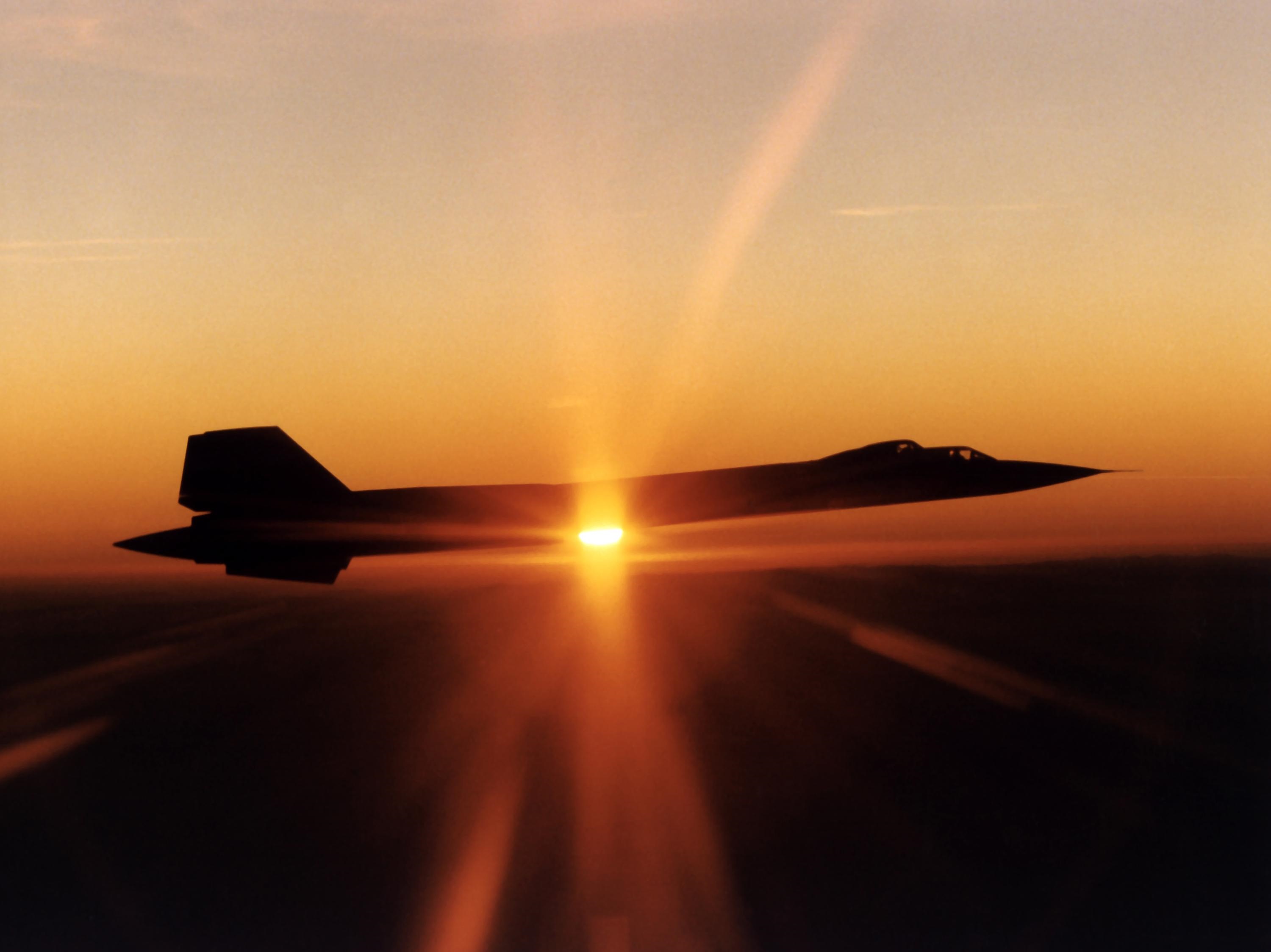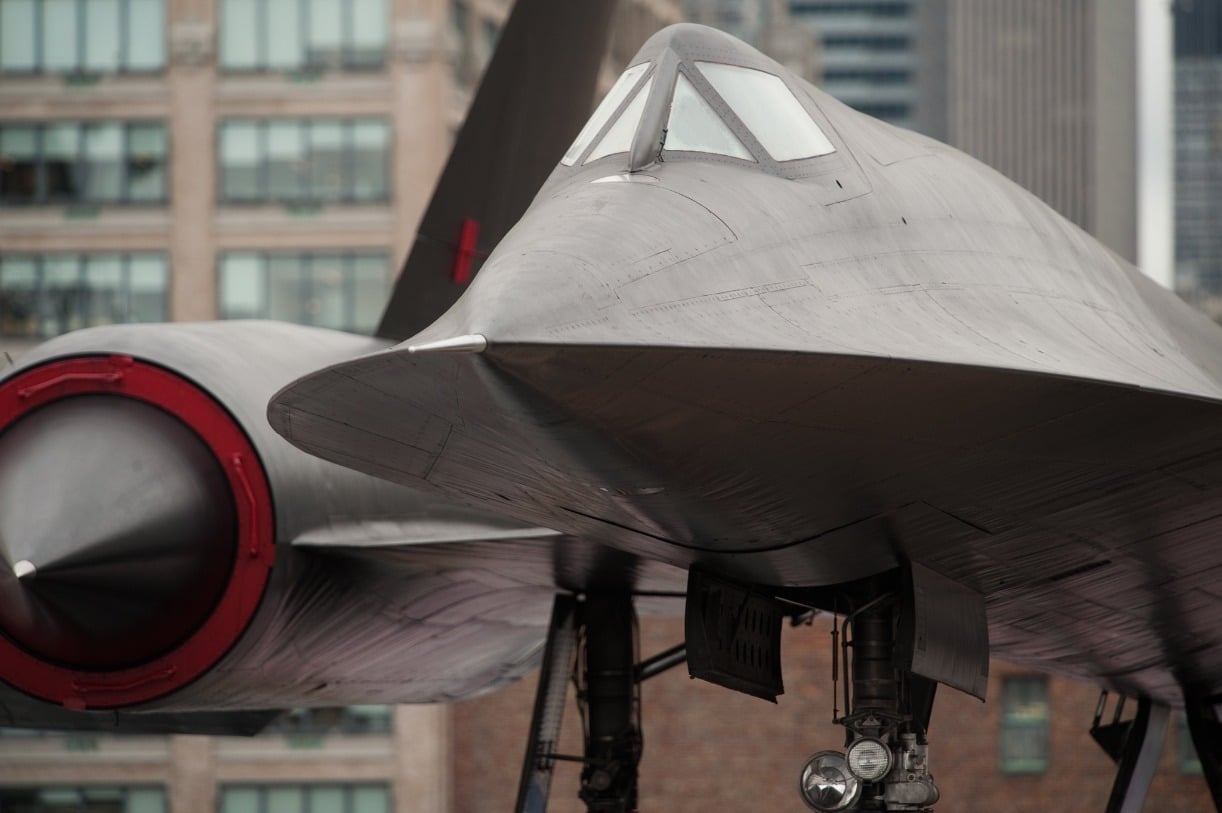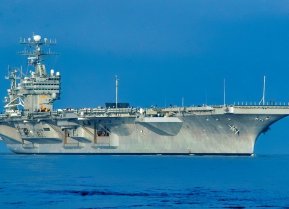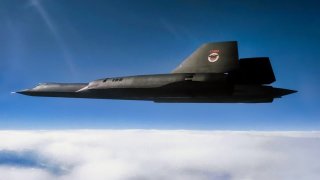RSR: Russia Tried to Build Their Own SR-71 Blackbird
While the Soviets never actually tried to copy the SR-71 – likely because they were unable to shoot one down – there had actually been an attempt to develop a high-speed spy plane. This was the Tsybin RSR.
During the Cold War, the Lockheed SR-71 “Blackbird” earned a reputation that no aircraft could catch it, and it could even outrun missiles. Know as a true speed demon, it was so fast that no interceptor ever really had a chance of catching it. During the aircraft’s nearly 25 years in service, the “Blackbird” set numerous speed records, and on July 28, 1976, the aircraft reached an amazing 2,193.167 miles per hour (3,529.56 km/h).
Flying at roughly 36.55 miles per minute or 3,216.4 feet per second, it was faster than a bullet fired from the World War II-era M1 Garand rifle – which had a muzzle velocity of 2,800 feet per second. While a dozen were lost due to accidents during its service history, not a single Blackbird was ever shot down by the enemy – and it even reportedly evaded some 4,000 missiles that were fired at it.
Given those facts, a question has remained: namely, why didn’t the Soviet Union try to build its own Blackbird?
Soviets Knew How to Copy
The Soviet Union certainly knew how to copy foreign designs, as its Sukhoi Su-9 was certainly “influenced” by the Messerschmitt Me 262. However, it proved slower than other Soviet aircraft of the post-Second World War era, and it was subsequently canceled.
Such wasn’t the case for the Tupolev Tu-4, which was essentially reverse-engineered from the American Boeing B-29 Superfortress. The copies were so good that when the western observers first saw the aircraft at the Moscow Air Show, the experts believed the bombers were the three B-29s that had made emergency landings in the Soviet Union during the Second World War.
A Red Star SR-71 Blackbird
While the Soviets never actually tried to copy the SR-71 – likely because they were unable to shoot one down – there had actually been an attempt to develop a high-speed spy plane. This was the Tsybin RSR – “Reactivnyi Strategicheskii Razvedchik” or Russian for “jet strategic reconnaissance” – a Soviet design for an advanced, long-range Mach 3 strategic reconnaissance aircraft.
It shared many similarities with the SR-71, yet, the RSR was actually developed before Lockheed undertook its efforts to develop the Blackbird. Moreover, the Soviet design bureau took up its task – under the leadership of aviation designer Pavel Tysbin – to develop a ramjet aircraft in 1954, and the program’s goal was for a supersonic strategic bomber that could travel at three times the speed of sound.
The aircraft, as planned, was to have had a maximum range of 10,000 miles and a service ceiling of 98,000 feet. It could have carried intercontinental nuclear strikes at speeds and altitudes nearly impossible to stop. Fortunately for democracy, conceiving the design was far easier than perfecting it.

As development continued, it was determined that the aircraft wouldn’t have quite the range Tysbin had initially envisioned, and couldn’t return to base if used in an intercontinental mission. Instead of a bomber, it was revised into a reconnaissance aircraft where turbofans could be used for take-off, while the ramjets would be employed only once in the air. The RSR would then have a cruising speed above Mach 2 and a service ceiling of 73,800 feet but with a range of just 2,500 miles.

That was still impressive, but it was certainly no Blackbird.
The RSR underwent a series of subsequent redesigns, yet the aircraft barely progressed beyond the prototype stage. Finally, in April 1961 Soviet Premier Nikita Khrushchev, who was more focused on missiles and the Soviet space efforts, officially canceled the program.

By contrast, SR-71 successfully achieved everything that the RSR failed to do.
Defense Writer Peter Suicu: About the Author
Peter Suciu is a Michigan-based writer who has contributed to more than four dozen magazines, newspapers and websites. He regularly writes about military hardware, firearms history, cybersecurity and international affairs. Peter is also a Contributing Writer for Forbes.
All images are Creative Commons.


